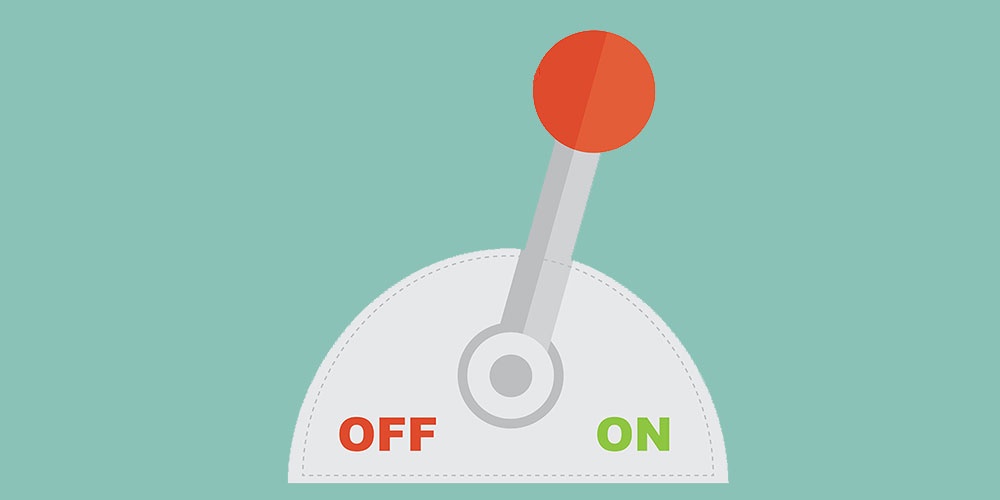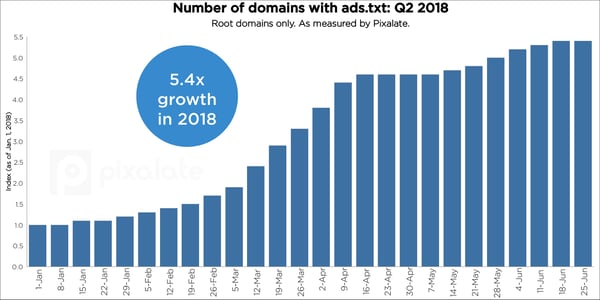
This week's review of ad fraud and quality in the digital advertising space.

Pixalate this week released the Q2 2018 Ads.txt Trends Report. The report features data and insights collected by Pixalate detailing the state of ads.txt adoption over the second quarter of 2018.
Download the free Ads.txt Trends Report report here.
.jpg?width=600&name=Display-iPad-tablet-top-apps-USA-(July-2018-data).jpg)
Pixalate reveals the top trending iPad apps for display and video advertisers in the U.S. from July 2018. Pixalate’s monthly updates on the top trending mobile apps in advertising help marketers understand the latest mobile in-app advertising trends. After breaking down the latest mobile advertising trends on iPhone apps, we’re now looking at the “other” mobile device — tablets.

"Dentsu Aegis Network’s 360i has enabled ads.txt-only buying across all of its clients using Google’s demand-side platform to place their programmatic buys, said 360i svp and head of programmatic Kolin Kleveno," reported Digiday. "The agency made the decision after buying only ads.txt inventory with a sample of clients in August and seeing no degradation in terms of scale or a hike in CPMs, said Kleveno."

"The web version of ads.txt sped ahead with its release in June 2017," wrote Digiday, "but the mobile version has been poking along by comparison, slowed by the uncertainty of whether app stores will support the initiative." The article added: "[T]he app stores need to be involved in ads.txt. It would be difficult, if not impossible, to establish a trustworthy record of who is authorized to sell an app’s inventory without them."

According to eMarketer, citing a recent Confiant study, found that "...the CPMs that publishers received for impressions that intermediaries later misrepresented were 54% lower than the CPMs they received for impressions that were correctly represented in programmatic auctions."
Sign up for our blog to stay updated with new stats, trends, and analysis of digital ad fraud.
*By entering your email address and clicking Subscribe, you are agreeing to our Terms of Use and Privacy Policy.
These Stories on Weekly Recaps
*By entering your email address and clicking Subscribe, you are agreeing to our Terms of Use and Privacy Policy.
Disclaimer: The content of this page reflects Pixalate’s opinions with respect to the factors that Pixalate believes can be useful to the digital media industry. Any proprietary data shared is grounded in Pixalate’s proprietary technology and analytics, which Pixalate is continuously evaluating and updating. Any references to outside sources should not be construed as endorsements. Pixalate’s opinions are just that - opinion, not facts or guarantees.
Per the MRC, “'Fraud' is not intended to represent fraud as defined in various laws, statutes and ordinances or as conventionally used in U.S. Court or other legal proceedings, but rather a custom definition strictly for advertising measurement purposes. Also per the MRC, “‘Invalid Traffic’ is defined generally as traffic that does not meet certain ad serving quality or completeness criteria, or otherwise does not represent legitimate ad traffic that should be included in measurement counts. Among the reasons why ad traffic may be deemed invalid is it is a result of non-human traffic (spiders, bots, etc.), or activity designed to produce fraudulent traffic.”

